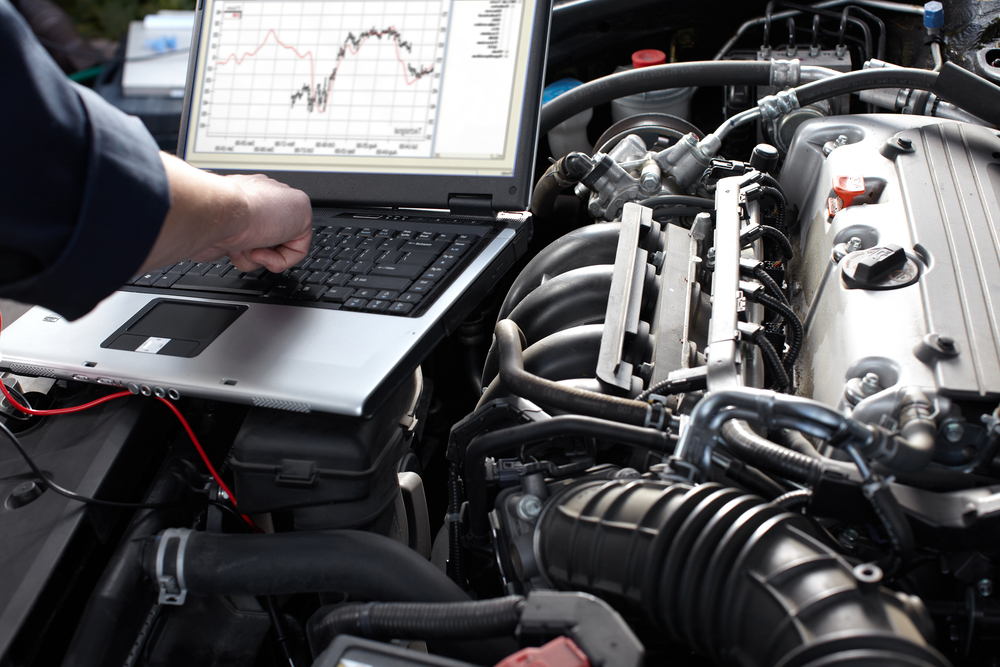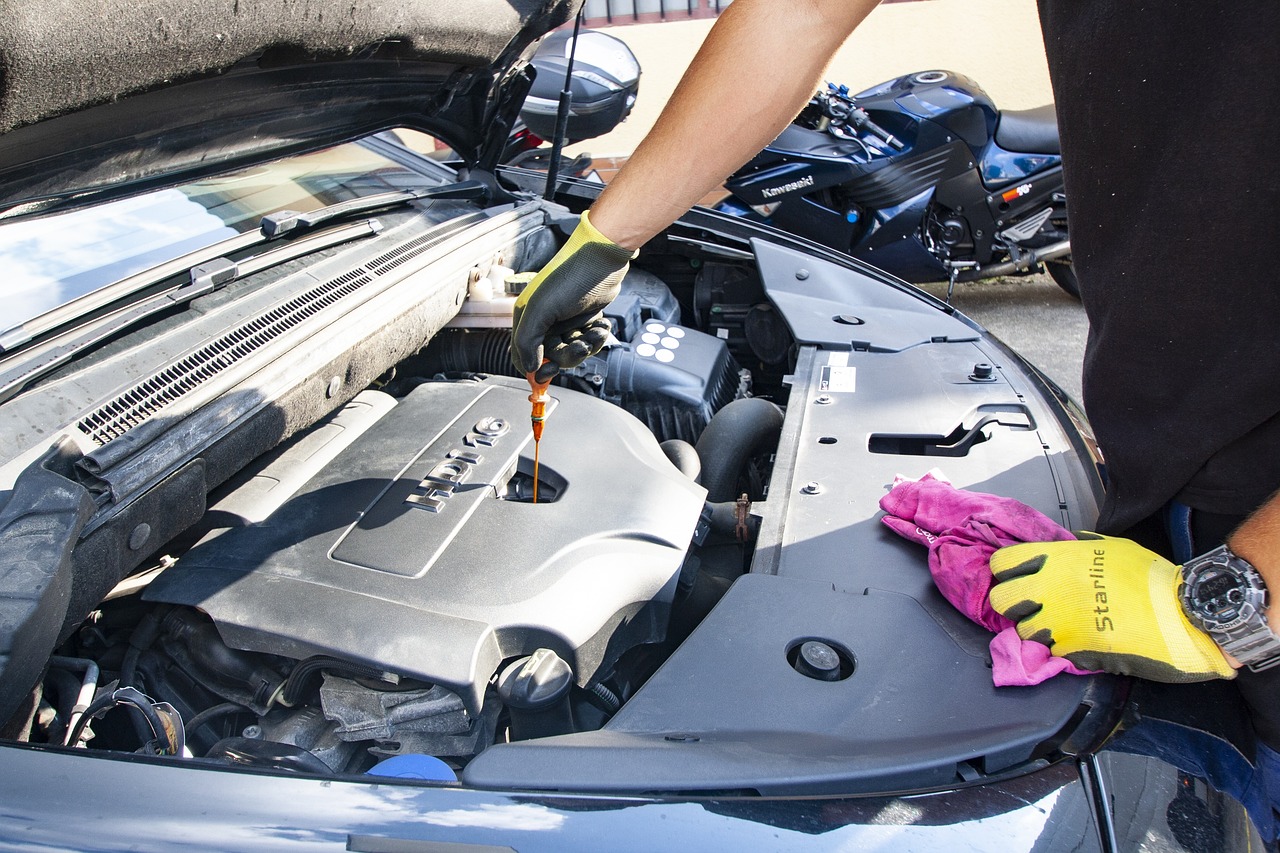Gone are the days when diagnosing a vehicle’s issue was equivalent to finding a needle in a haystack. We now live in an era where computerized diagnostic systems have revolutionized the auto body repair industry. From improved accuracy to a dramatic reduction in time and effort, the wonders of technology are driving us toward an entirely new dimension in vehicle repair.
Advantages of Computerized Diagnostic Systems in Auto Body Repair
The transformation brought about by computerized diagnostic systems is multifaceted. First and foremost is the impressive accuracy these systems provide. No longer are mechanics required to rely on educated guesses and time-consuming manual inspections. By interfacing directly with a vehicle’s onboard computer system, these diagnostic tools can pinpoint problems down to the smallest sensor, offering a precision that was unimaginable in the past.
Secondly, these systems have dramatically reduced both the time and effort associated with auto body repairs. What may have taken hours, or even days, of manual labor can now be done in a matter of minutes. The quick interpretation of error codes allows mechanics to go straight to the root cause, eliminating unnecessary investigations.
One of the more complex aspects of modern vehicles is their electrical systems. These systems can be a labyrinth to navigate manually, but computerized diagnostic systems make this task much more manageable. They allow for the efficient diagnosis and repair of electrical issues, greatly reducing the complexity involved.
Last but not least, these systems provide comprehensive reports for better understanding. This means a more transparent repair process for vehicle owners. A detailed diagnosis report not only validates the work done by the mechanic but also helps owners understand their vehicle’s health better. It’s a level of communication that wasn’t possible before.
Real-life Applications
Let’s put these advantages into context with real-life scenarios. Consider a car showing signs of poor performance, like stalling or struggling to accelerate. In the past, these symptoms could be attributed to a wide array of problems, from fuel system malfunctions to ignition system issues, each requiring different and time-consuming diagnostics. But with a computerized diagnostic system, the mechanic can quickly identify that the mass air flow sensor is faulty and needs replacement.
In another scenario, a vehicle might have its check engine light on. Instead of a lengthy process of checking all possible associated parts, a mechanic with a computerized diagnostic system can promptly determine that the problem lies with the oxygen sensor and address it immediately.
The Future of Auto Body Repair: AI and Machine Learning
As we look toward the future, it’s clear that technology will continue to drive change. The integration of artificial intelligence (AI) and machine learning into computerized diagnostic systems promises to push the boundaries of what’s possible.
AI can use complex algorithms to interpret data, possibly even predicting potential issues before they become problematic. Similarly, machine learning can enable these systems to learn from every vehicle they diagnose, constantly improving and refining their diagnostic capabilities.
The implications are profound. Imagine a future where your vehicle can self-diagnose issues, schedule its repairs, and even communicate directly with the mechanic. While it may sound like science fiction, this is the direction we’re headed, and it’s being made possible by the ongoing advancements in technology.
In the dynamic landscape of auto body repair, the influence of computerized diagnostic systems is profound. They’ve not only changed how mechanics work but also increased the level of trust and transparency between mechanics and vehicle owners.
Looking ahead, it’s clear that technology will continue to shape the future of auto body repair. As we move forward, embracing these changes isn’t just an option—it’s a necessity. After all, in the fast-paced world of auto repair, those who fail to adapt risk being left in the dust. Let’s buckle up and prepare for an exciting journey into the future of auto body repair.





